Cycling can be a great way to explore new places. It has several indisputable advantages – first of all, it is good for our health, it saves the environment and last but not least, it is a very fun form of travel where you are basically time independent. Germany is criss-crossed with hundreds of kilometres of varied cycle paths, which will give you an insight into Germany's most famous metropolises, but will also take you along romantic paths in picturesque natural spots. Whether you're looking to explore German cities, climb to the peaks of the Alps, enjoy the flat terrain along the rivers with your family, or head to the vineyards, there's a bike path for everyone in Germany.
Through the fairytale landscape of the Allgäu mountain region
To the south of Swabia and eastern Baden-Württemberg lies the protected mountain area of the Allgäu, home to more than 70 endangered plant species. The Allgäu is popular with tourists especially for its beautiful and unspoilt nature.
Begin your tour in the picturesque historic town of Füssen and set off on a 219-kilometre circular route with a gentle climb to spectacular views of the nearby Alpine peaks, mountain lakes and monasteries, pilgrimage churches and fairytale castles.
Neuschwanstein Castle
On a rocky cliff in the middle of a pine forest, the world-famous Neuschwanstein Castle towers over the Pöllat Gorge, a symbol of idealised romantic architecture and the tragic story of its owner, Ludwig II. Bavaria. Undoubtedly one of the most photographed monuments in Germany, the castle, which resembles a medieval castle, is built in a compilation of architectural styles, and perhaps that is why the castle has such undeniable charm. From the Marienbrϋcke Bridge, less than a quarter of an hour's walk from the castle, you can enjoy views of the castle and the surrounding countryside.
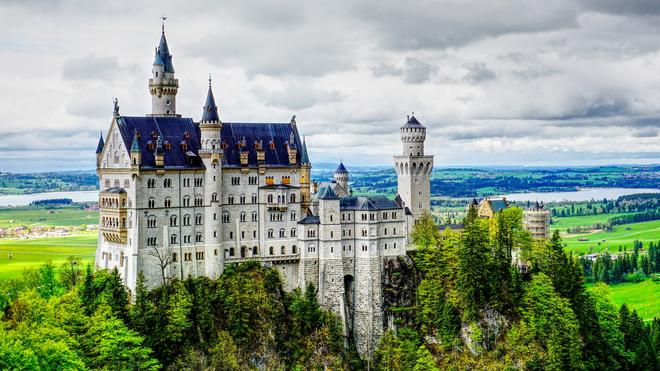
Just opposite Neuschwanstein, on the Schwansee and Alpsee lakes, is the neo-Gothic castle of Hohenschwangau, where Ludwig II spent his youth. If you want to learn many fascinating facts about the king and his family, visit the Museum der Bayerischen Könige here.
Continue around Lake Bannwaldsee to Wies, where the pilgrimage church of St. Joseph is worth a visit. The origins of the oval-shaped rococo church date back to the 1840s and it is now a UNESCO World Heritage Site. The disused Marktoberdorf-Lechbruck railway line takes you to Steinbach, from where the route already crosses the mountain peaks. In Aufkirch, stop for a great home-brewed beer at the Kaltentaler Brauhaus. To Buchloe, you pass man-made lakes where you can see countless water birds, and the last stage heads down to Weißensee and back to Füssen.
TIP: You can also enjoy Alpine panoramas, nature and divine tranquillity on the 147-kilometre-long cycle path along the Iller River. The route starts at Ulm Münster, thanks to the 161.5 metre high tower of the world's tallest church, and ends at the famous winter sports resort of Oberstdorf in the Alps.
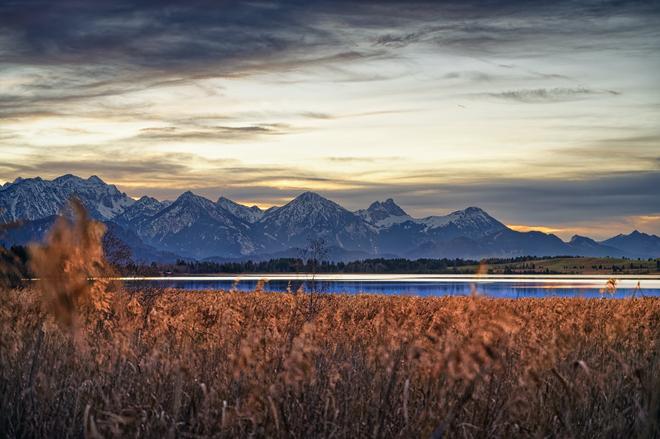
The cycle path is lined with spa complexes
The gently hilly 250-kilometre-long cycle route winds through undulating terrain and a varied landscape of lakes, hills, moors, forests and meadows. It starts in Überlingen and ends in Bad Wörishofen. Although it is quite challenging, it offers a great variety of opportunities to take a pleasant break. It connects nine spa resorts and historic towns with a peaceful atmosphere and remarkable sights.
Spa town Überlingen
The hydrotherapy spa town of Überlingen on the blue-green, clear Lake Constance with its pleasant Mediterranean climate is one of the largest spa resorts in Germany. In Überlingen, visit the town's magnificent museum housed in a late medieval villa, in nearby Unteruhldingen a prehistoric pilot village dating back almost 7,000 years and in neighbouring Meersburg an impressive medieval castle.
Constance
On the other side of Lake Constance lies the iconic Constance – a town steeped in history. If you have more time, take a ferry trip here and don't miss a tour of the massive council building or the oldest part of the city, Niederburg, now home to authentic wine bars and cafes, art studios and craft businesses. Another popular destination is Mainau, the 'island of flowers', where palm, redwood, lemon and orange trees thrive thanks to the mild climate.
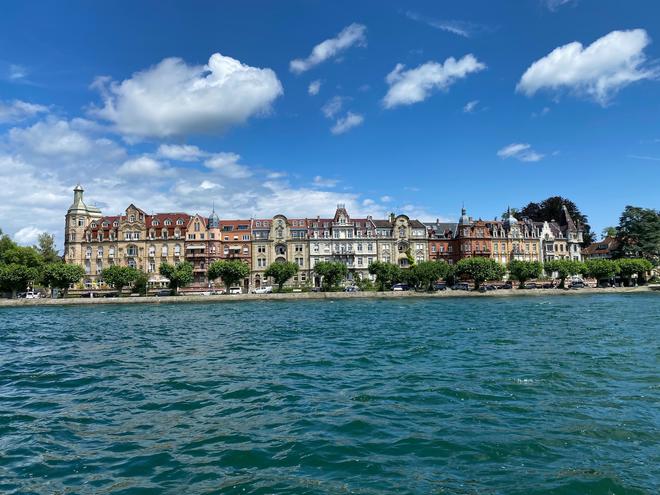
TIP: Cycle around the entire Lake Constance – the nearly 270-kilometre-long cycle path starts in Constance and runs through Germany, Austria and Switzerland.
A challenge for ambitious cyclists will be the route through the Alpine foothills with mountain pastures, lakes and breathtaking panoramas from Lake Constance to Lake Königssee. From the starting point in Lindau am Bodensee, the route covers 418 kilometres of hilly terrain to its finish in Schönau am Königssee.
Sulphur along with fluoride and iodine
After a hilly start in Überlingen, the cycle route leads through the Pfrunger Ried mountain heaths on to Bad Saulgau. The Bad Saulgau Sonnenhof-Therme thermal spa with its sulphur healing water is the ideal place to rest your feet. When your tired muscles have sufficiently recovered, continue your journey to the nearby spa resort of Bad Buchau on Lake Federsee. The Wackelwald forest is a local landmark. Here, the trees root in the soft peat bog, so that the ground, and with it the treetops, wobbles with every hard stomp. You won't believe it until you try it for yourself!
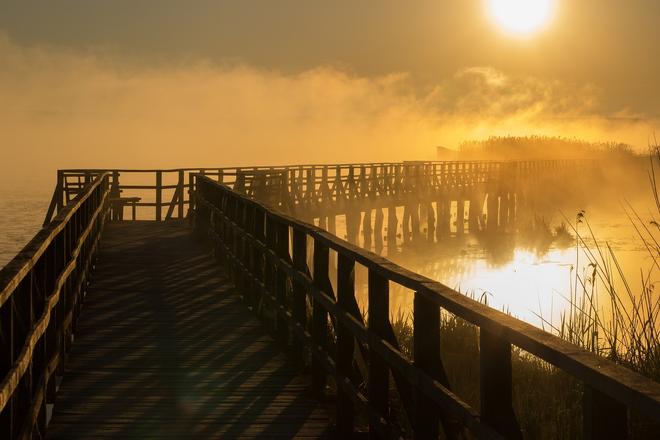
Continue through the town of Bad Schussenried with its beautiful church with a tall steeple to the spa resort of Schwaben-Therme in Aulendorf, where you can also enjoy natural bathing at Lake Steegersee. The route continues through Bad Waldsee and into Bad Wurzach. Further on, the mountainous terrain of the Unterallgäu district awaits you, so before you set off, relax and unwind at the Vitalium-Therme spa resort.
The majestic Hohes Schloss towers over the picturesque village of Bad Grönenbach. The final part of the journey takes you to the town of Ottobeuren, where you'll be impressed by a magnificent basilica, and then it's a gentle hilly stretch to your destination – the traditional spa resort of Bad Wörishofen. The mountain air and spring water containing fluoride and iodine create ideal conditions for the Kneipp treatment. A stay at Bad Wörishofen will impress you with its competent medical care, a wide range of outdoor activities and the beautiful surrounding countryside.
In search of great wine through the Ahr and Neckar valleys
The Ahr River meanders through a wild and romantic valley enclosed between steep rocky slopes. Nature lovers will find a true paradise here. Majestic castles and medieval towns add to the character of the already very distinctive mountainous landscape. And there is no beer to drink here, but excellent wine ripening in the vineyards.
At just 558 hectares, the Ahr is one of the smallest wine-growing regions in Germany and one of the northernmost. Nevertheless, it produces fantastic wines, mostly red. Pinot noir is the main grape variety here, and of the white varieties it is mainly Riesling.
The roughly 80-kilometre-long route, which is virtually without gradient, basically follows the course of the River Ahr. It starts in Remagen, where the Ahr flows into the Rhine, and ends in Blankenheim. You can also go in the opposite direction.
The surrounding scenery changes incredibly along the way – terraced vineyards between cliffs, which are interspersed with access roads, alternate with greenish forests and impressive mountain panoramas, small historic towns and numerous bridges and viaducts. At the southernmost point of North Rhine-Westphalia, near Alendorf, visit the Kalvarienberg (523 m), which offers spectacular views of the entire Eifel mountain range.
Neckar River Valley
For tasty wine, head to the diverse Neckar Valley. The mostly asphalted but very quiet trail with virtually no gradients stretches for 367 kilometres from Villingen-Schwenningen to Mannheim. Quiet valleys and natural corners, but also historic and modern vibrant towns and above all the long tradition of winemaking in the area await not only the die-hard wine connoisseur.
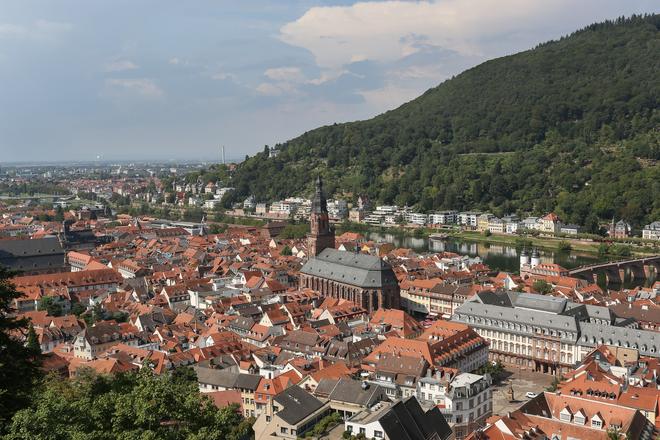
From the source of the river Neckar right along its course through the picturesque, narrow valleys, you will find the medieval towns of Rottweil, Horb, Rottenburg and the university town of Tübingen. The narrow streets full of shops, cafés, wine bars and stylish taverns and the sharp gables of the houses give the town a special charm. The medieval town square is dominated by the town hall with its astronomical clock and Neptune's fountain. The medieval castle of Hohentübingen is a stone's throw away. Take a boat ride on the Neckar River past the small island and along the picturesque waterfront with the Hölderlin Tower, now a literary monument and museum. For fine art, head to Tübingen's Art Hall. Then relax in the numerous natural parks and gardens.
Stuttgart
Head straight from peaceful, undisturbed Tübingen to modern Stuttgart. The Schlossplatz (Castle Square) is dominated by the grounds of the late 18th-century Baroque New Castle, and just opposite you'll find the glass-walled Stuttgart Museum of Art, which houses 15,000 works of classic modern and contemporary art. The Stuttgart State Theatre is the world's largest theatre of three genres: ballet, state opera and drama.
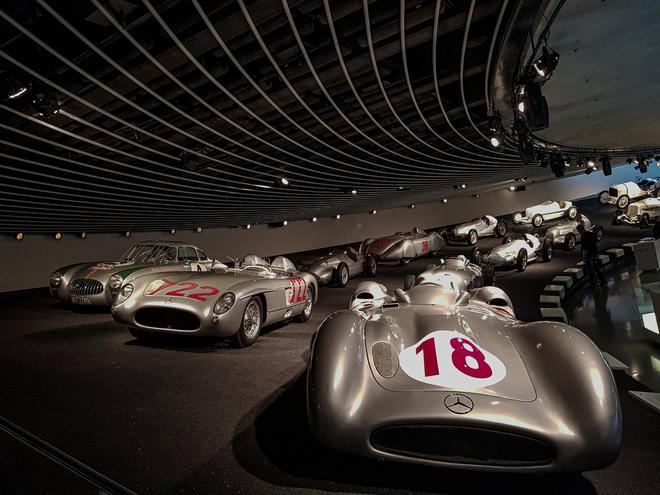
Must-stops should include the Porsche and Mercedez-Benz automobile museums, the Wilhelm complex – one of the most beautiful zoological and botanical gardens in Europe, and Ludwig Mies van der Rohe's Weissenhof workers' quarter. A wide range of culinary experiences await you in the top restaurants as well as in the modest brasseries on the corner. Don't miss the Wine Museum, which traces the history of winemaking from Roman times to the present day.
Towards Heilbronn and Odenwald, the surrounding landscape is dominated by majestic vineyards. With more than 500 hectares of vineyards, Heilbronn is one of the most important wine-growing communities in Germany. For a view of the welcoming fairytale town of Heidelberg, which is the epitome of German romanticism and also the penultimate point on your itinerary, it is best to enjoy one of the many stylish local cafés with a glass of delicious wine in hand.
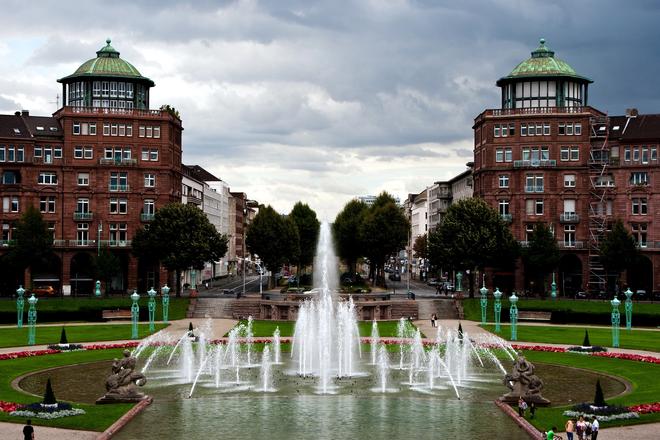
The route ends in the square-shaped town of Mannheim, with a precisely plotted network of roads from the Neckar River to the castle. Mannheim offers a wide range of sights and culture, including a varied network of museums, the National Theatre, the largest Baroque castle in Europe and a water tower in the middle of a magnificent Art Nouveau complex.
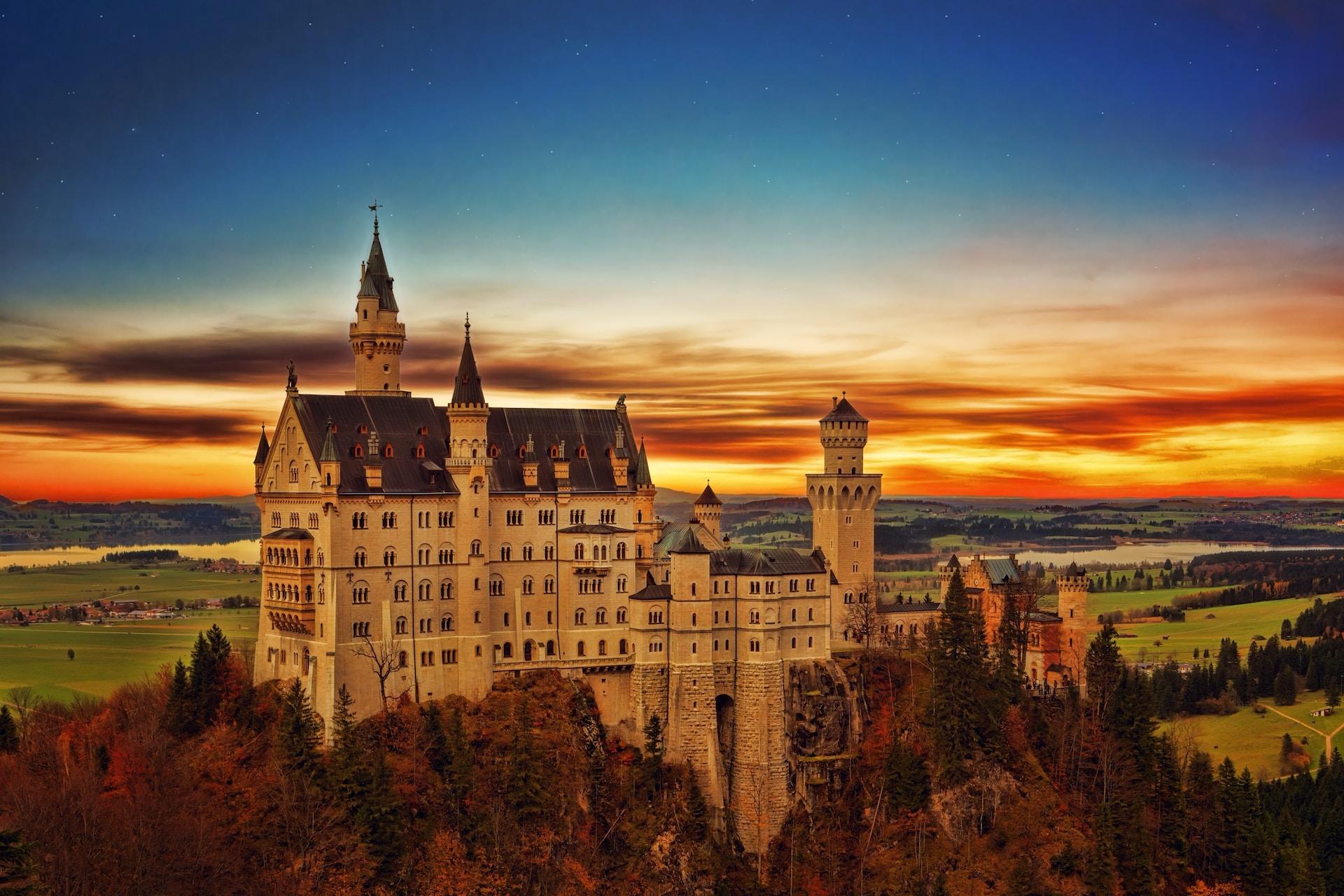
.jpg)